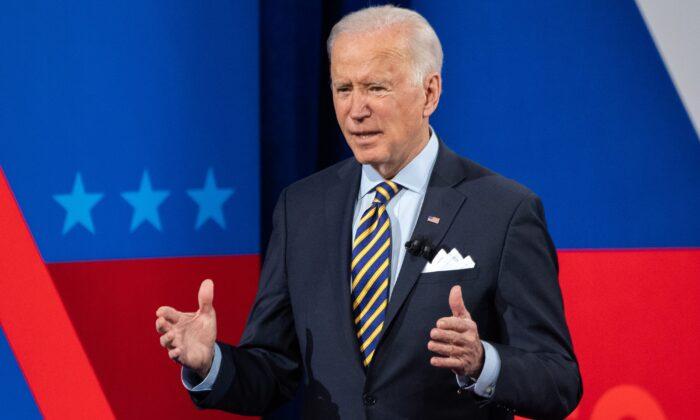President Joe Biden’s $1.9 trillion pandemic relief plan allocates $128.6 billion over the next ten years toward helping K-12 public schools cope with COVID-19, although just $6 billion of that will be spent in 2021.
The relatively small outlay on pandemic-related relief for education in 2021 is because previous money, allocated under the previous round of COVID-19 relief, has not yet been spent.
“Congress previously provided nearly $31 billion for education stabilization in the Coronavirus Aid, Relief, and Economic Security (CARES) Act, enacted on March 27, 2020, and another $82 billion for this purpose in the Consolidated Appropriations Act, 2021, enacted on December 27, 2020,” CBO says in its estimate. “Because most of those funds remain to be spent, CBO anticipates that the bulk of spending of funds provided in the reconciliation recommendations would occur after 2021.”
Besides the $128.6 billion for helping K-12 public schools cope with the pandemic, the reconciliation recommendations also earmark $39.6 billion for grants to students or to defray institutional expenses related to the pandemic, under the Higher Education Emergency Relief Fund.
Another $2.0 billion is provided for other education programs, including $850 million for the Bureau of Indian Education, $850 million for Outlying Areas (American Samoa, the Commonwealth of the Northern Mariana Islands, Guam, and the U.S. Virgin Islands), $100 million for the Institute of Education Sciences, and $91 million for student aid administration, according to the CBO estimates.
The total outlays on education matters come to $170.5 billion.
Biden’s proposed $1.9 trillion American Rescue Plan faces resistance from Republicans over its high price tag. The president and his allies have argued that going “big” will help boost the economy and bring the pandemic under control.





